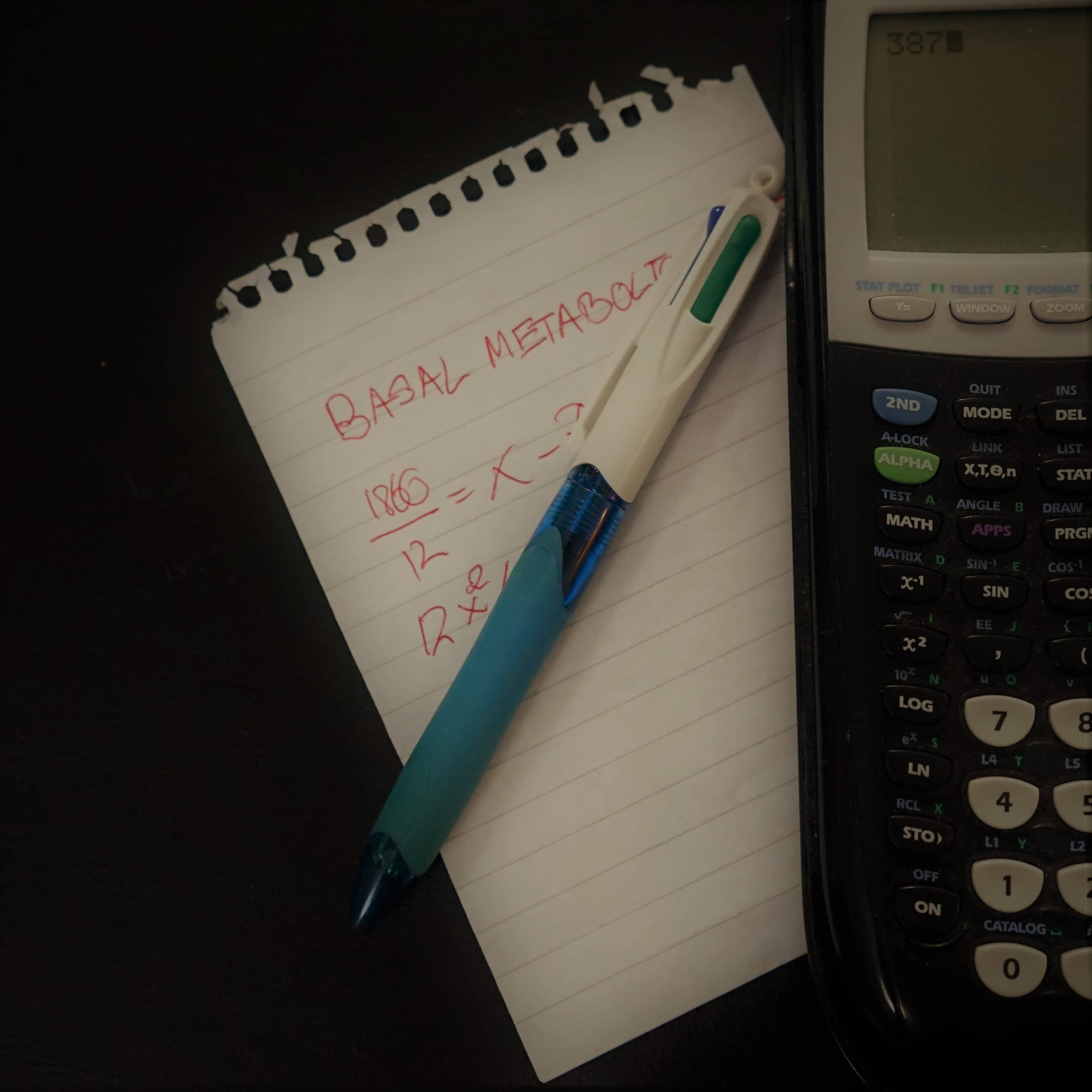Equations are effective for calculating how many calories you need per day
They say you can’t out-train a bad diet. In reality, if you’re trying to lose weight, you can’t out-train a caloric surplus; and if you’re trying to gain muscle, you can’t out-train a caloric deficit. Assuming you’re not at risk of micronutrient deficiency, the most important component of your diet is the daily calorie intake. To this end, it is imperative to know how to accurately calculate the amount of calories required to maintain your current weight (energy balance). Consuming slightly less calories (energy deficit) will result in weight loss, while consuming more calories (energy surplus) will result in weight gain.
The gold standard for determining energy expenditure in a clinical setting is indirect calorimetry (IC). If conducted following a 12 hour fast, an individual’s resting energy expenditure (REE) may be determined (1). A predictive formula for REE, known as the MSJE equation, is capable of predicting average REE determined by IC within 1 kcal (2). The equation is written as follows:
Men:
(10*weight(kg)) + (6.25*height(cm)) – (5*age(y)) + 5
Women:
(10*weight(kg)) + (6.25*height(cm)) -(5*age(y)) – 161
Or you could just use our calorie counter and make your life easier.
Total energy expenditure (TEE) throughout the day is a combination of REE, diet-induced thermogenesis (DIT) and activity energy expenditure (AEE) (1). Unfortunately, day-to-day activity and food consumption are not as predictable. Therefore, to determine TEE, a multiplication factor has been determined for men (REE x 1.7), and women (REE x 1.6) (2). To truly determine the calories required for energy balance, one must tweak their calorie intake while tracking their weight over time. Link in bio for details! However, the above equations are an effective starting tool for those en route to obtaining a caloric balance, deficit or surplus!
Sources
1) Haugen H. A. Indirect Calorimetry: A Practical Guide for Clinicians. Nutr in Clin Prac.2007.22.377-388.
2) Mifflin M. D. A new predictive equation for resting energy expenditure in healthy individuals. Am J Clin Nutr.1990.51.241-7.
Content provided by @stevieinonstagram, part of #teamEBT, with a Bachelor’s of Food Science and Nutrition and a Master’s of Biochemistry.




